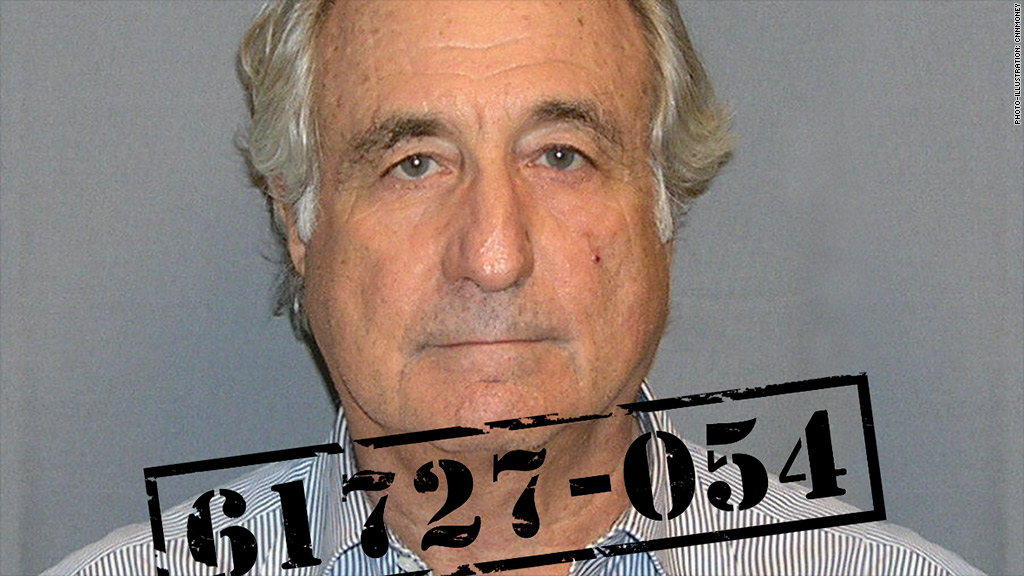Though tax avoidance isn’t illegal, it is certainly
unethical. It is in this grey area of uncertainty that tax avoidance exists and
it is this uncertainty that exploits it. So the question is, avoiding tax might
be legal, but can it ever be ethical? At times where governmental spending cuts
have a real impact upon the every lives of people, it does confuse me as to how
multinational firms would avoid paying their fair share of taxes like the rest
of us. Avoiding tax is avoiding a social obligation and it is in the greed of
businesses, which damage its reputation.
In a recent story, McDonald’s is currently facing
fines as part of the European union initiative to stop tax avoidance in Europe.
Unsurprisingly, US officials are accusing the EU for picking up on American
companies rather than their European rivals. Forgive me but is America even
part of the EU? The cheek.
In today’s global environment, it seems as though
companies are intoxicated by this idea of shareholder value maximisation. With
this, it is in their best interest to make as much profit as possible through
diving through the nearest loophole in tax avoidance. Don’t get me wrong, from
a purely business point of view, why wouldn’t you to save money. Through doing
so, this would provide your business with a tax advantage, saving much money,
which can be reinvested back into the business. After all, it is in the
government’s failures, which are being exploited.
Just to be clear, I’m not defending tax evasion, which
should be stopped and prosecuted for. The point of my argument is that tax
avoidance happens everyday. Have you ever bought something from the airport
that was ‘tax free’? Essentially, this is also tax avoidance although is
considered perfectly acceptable. I guess in reality it depends upon the scale
of the damage.
Rather than hiding from tax avoidance, both the
governments and companies need to be transparent about tax negotiations and the
stance on the law. Through doing so, this would to an extent, restore some
public trust.





